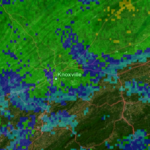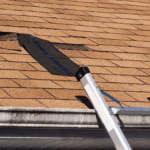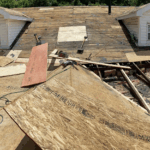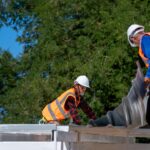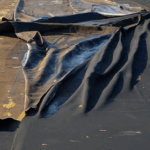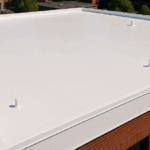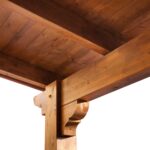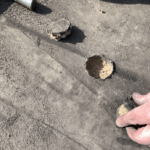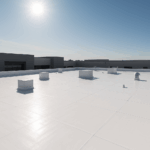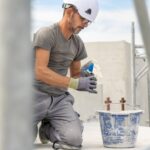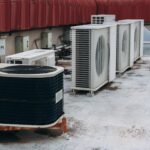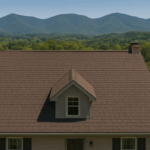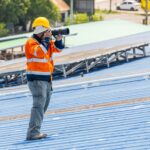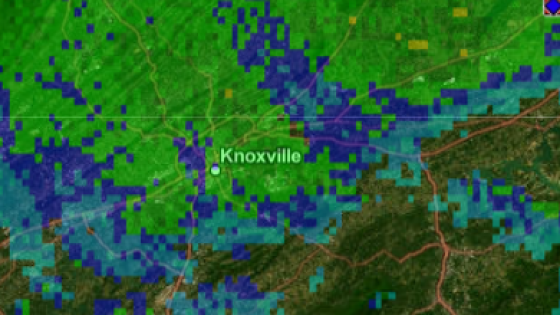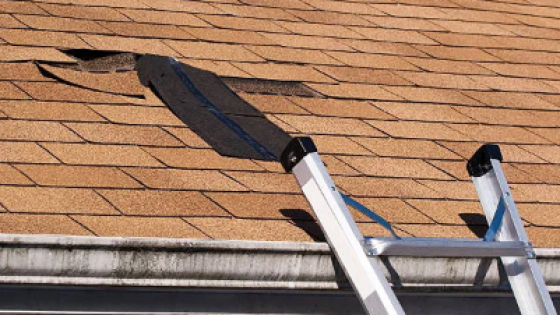When it comes to roofing systems—especially flat and low-slope roofs—water drainage and energy efficiency are two of the most critical concerns. One of the most effective solutions that addresses both issues is tapered insulation. For property owners in Knoxville, TN, and across the nation, understanding the role of tapered insulation is crucial to making informed roofing decisions that maximize roof lifespan, improve building performance, and cut long-term costs.
In this guide, Litespeed Construction, a trusted Knoxville roofing company, breaks down exactly what tapered insulation is, how it works, and why it’s becoming an industry standard for commercial and residential flat roofing systems.
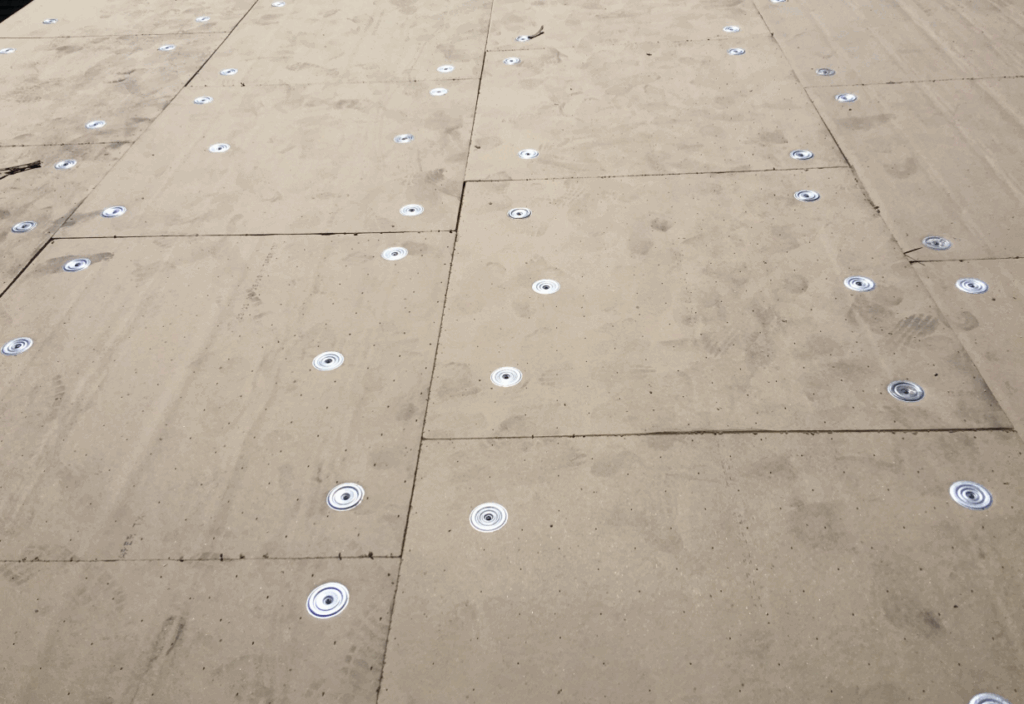
Key Takeaways
💡Tapered insulation improves drainage on flat roofs by creating slope and preventing ponding water.
💡Energy efficiency increases when tapered insulation is installed.
💡Cost savings over time make tapered insulation a smart investment.
💡Long-term durability and compliance with modern building codes ensure that tapered insulation is not just a luxury—it’s a necessity.
What Is Tapered Insulation?
Tapered insulation is a specialized roofing insulation system designed to create slope on flat or low-slope roofs. Unlike traditional insulation boards, which are uniform in thickness, tapered insulation boards vary in thickness, allowing roofers to build slope into the system.
The slope typically ranges from 1/8” per foot to 1/2” per foot, depending on the design. This ensures water is directed toward drains, scuppers, or gutters, preventing ponding water and subsequent roof deterioration.
According to the U.S. Department of Energy, improving roof insulation not only enhances water management but also reduces energy consumption by lowering heat loss in the winter and heat gain in the summer (DOE, Building Technologies Office).
Why Is Tapered Insulation Important?
1. Water Management & Drainage
Flat roofs are notorious for ponding water. Standing water can add 5 to 7 pounds per square foot of extra load on a roof (FEMA technical data). Over time, this weight accelerates roof membrane failure and increases the risk of leaks. Tapered insulation eliminates these issues by creating a consistent slope toward drainage points.
2. Energy Efficiency & R-Value
Tapered insulation, often made from polyisocyanurate (polyiso), provides one of the highest R-values per inch among common insulation materials. According to the DOE, polyiso insulation has an R-value of 5.6–8.0 per inch, making it highly efficient for reducing heating and cooling costs.
3. Longevity & Durability
Roofs with ponding water often fail prematurely. By eliminating standing water, tapered insulation extends roof lifespan—often by 10–15 years longer than flat systems without proper drainage.
4. Compliance With Building Codes
The International Building Code (IBC) requires that commercial roofs have a minimum slope of 1/4” per foot for proper drainage (IBC Section 1507). Tapered insulation helps building owners comply with these standards, protecting them from costly code violations.
Statistics on Tapered Insulation Benefits
| Category | With Tapered Insulation | Without Tapered Insulation |
|---|---|---|
| Average Roof Lifespan | 25–30 years | 15–20 years |
| Energy Savings (DOE est.) | 10–20% HVAC reduction per year | Minimal |
| Water Ponding Issues | <5% risk | >40% risk |
| Compliance with IBC Codes | Meets slope requirements | Often non-compliant |
| Structural Load Risks | Reduced due to proper drainage | Increased by ponding water |
Pros & Cons of Tapered Insulation
✅ Pros
- Eliminates ponding water
- Improves roof energy efficiency
- Extends roof life expectancy
- Helps meet building codes
- Reduces long-term repair costs
❌ Cons
- Higher upfront installation cost
- More complex installation process
- May require additional design planning
Web Ratings: Tapered Insulation Effectiveness
- Energy Efficiency Rating: ★★★★★ (5/5)
- Water Drainage Performance: ★★★★★ (5/5)
- Cost-Effectiveness Over 20 Years: ★★★★☆ (4/5)
- Ease of Installation: ★★★☆☆ (3/5)
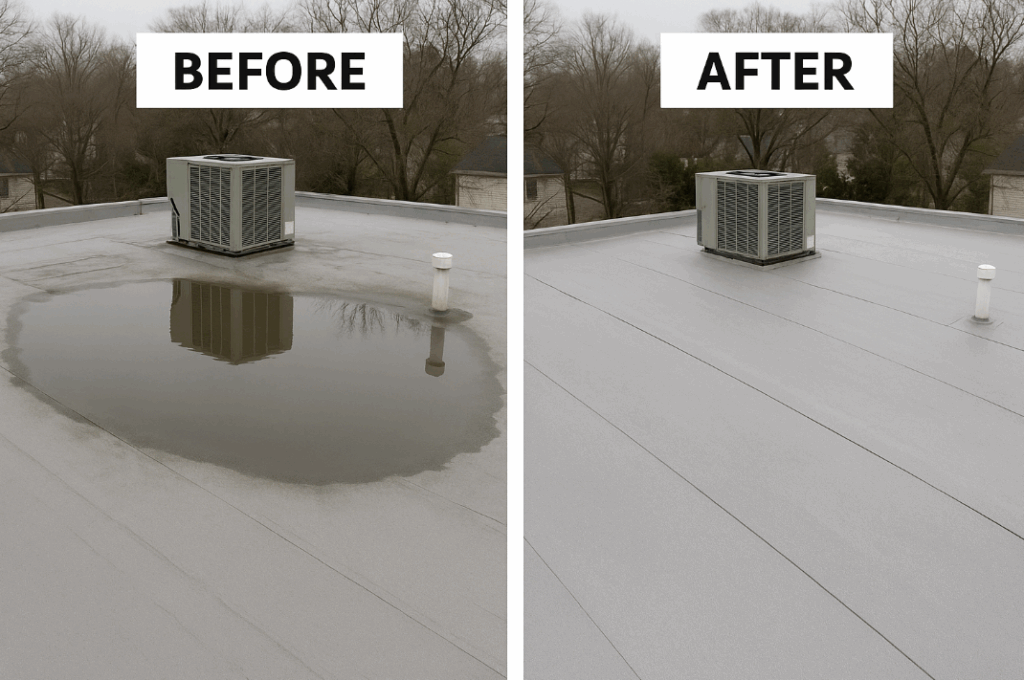
FAQs About Tapered Insulation
It’s used to create slope on flat roofs, improving drainage and energy efficiency.
Yes. By eliminating ponding water, it significantly reduces leak risks.
Most commonly polyisocyanurate (polyiso), but also EPS and XPS foam.
Usually 1/8”–1/2” per foot, depending on design needs.
It costs more upfront but saves money over time with fewer repairs and lower energy bills.
Yes. The DOE and Energy Star both encourage improved roof insulation for energy efficiency.
Yes, especially on homes with flat or low-slope roofing.
It reduces heat loss/gain, lowering HVAC workload and energy costs.
In many cases, yes, to meet the minimum slope requirements outlined by IBC.
It can last 25–30 years when properly installed and maintained.
Conclusion
For property owners in Knoxville and across the U.S., tapered insulation is no longer an optional upgrade—it’s a roofing necessity. It improves drainage, enhances energy efficiency, extends roof lifespan, and ensures compliance with building codes.
At Litespeed Construction, we specialize in tapered insulation systems tailored to both commercial and residential roofing needs. If your flat roof is struggling with drainage or rising energy costs, it may be time to consider tapered insulation as a long-term investment.
📞 Call Litespeed Construction today to schedule a free roofing consultation and discover how tapered insulation can protect your home or business.

